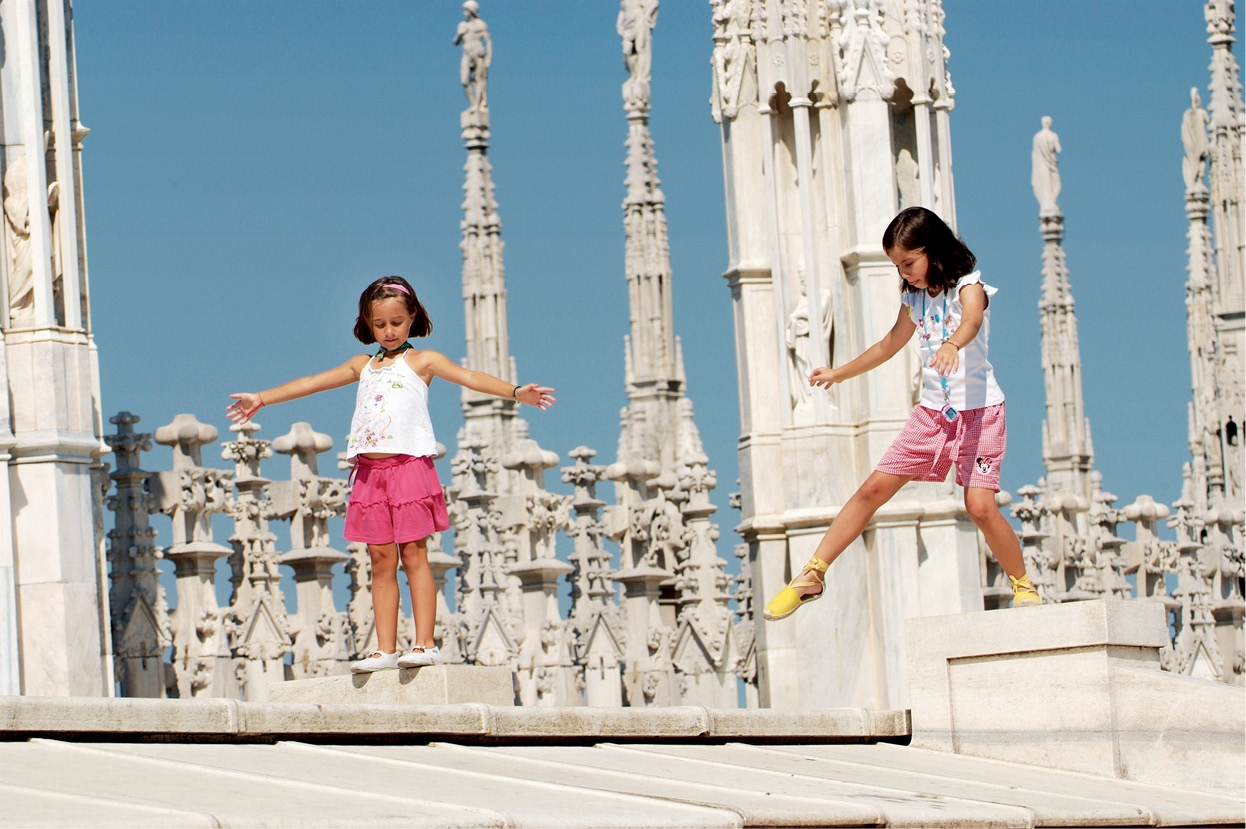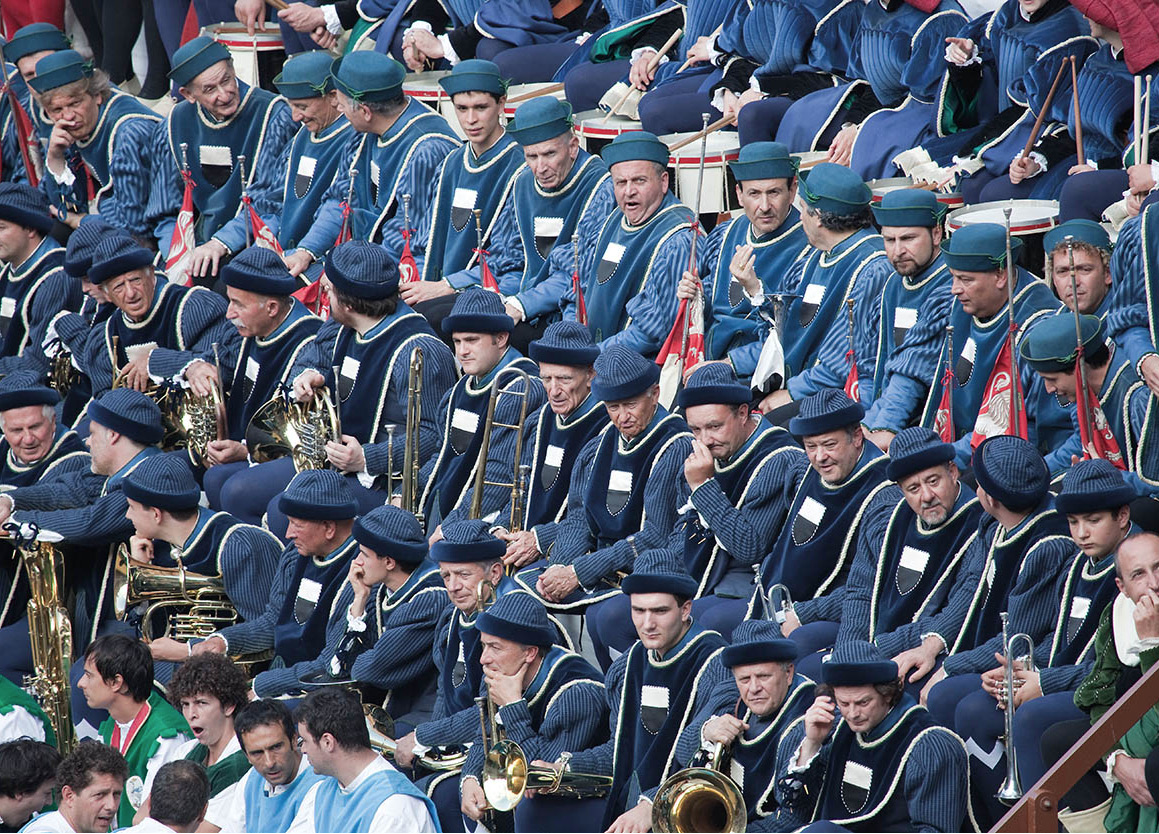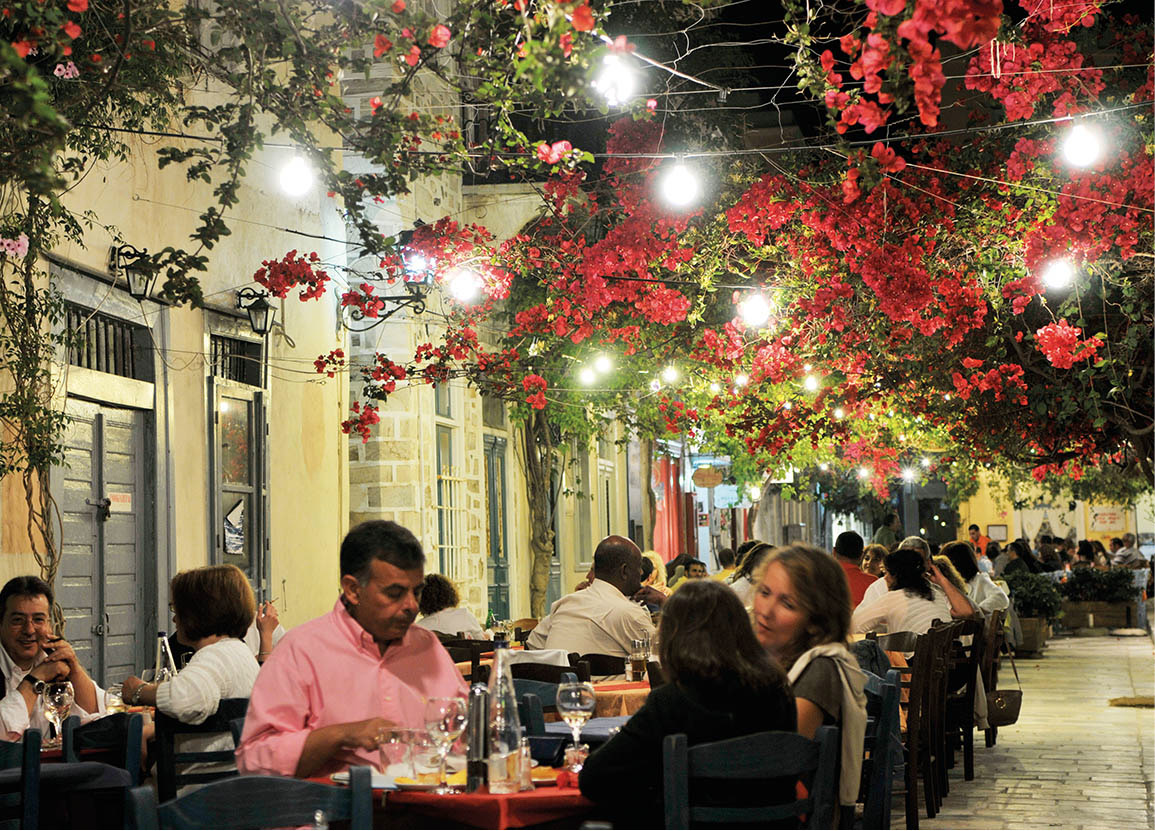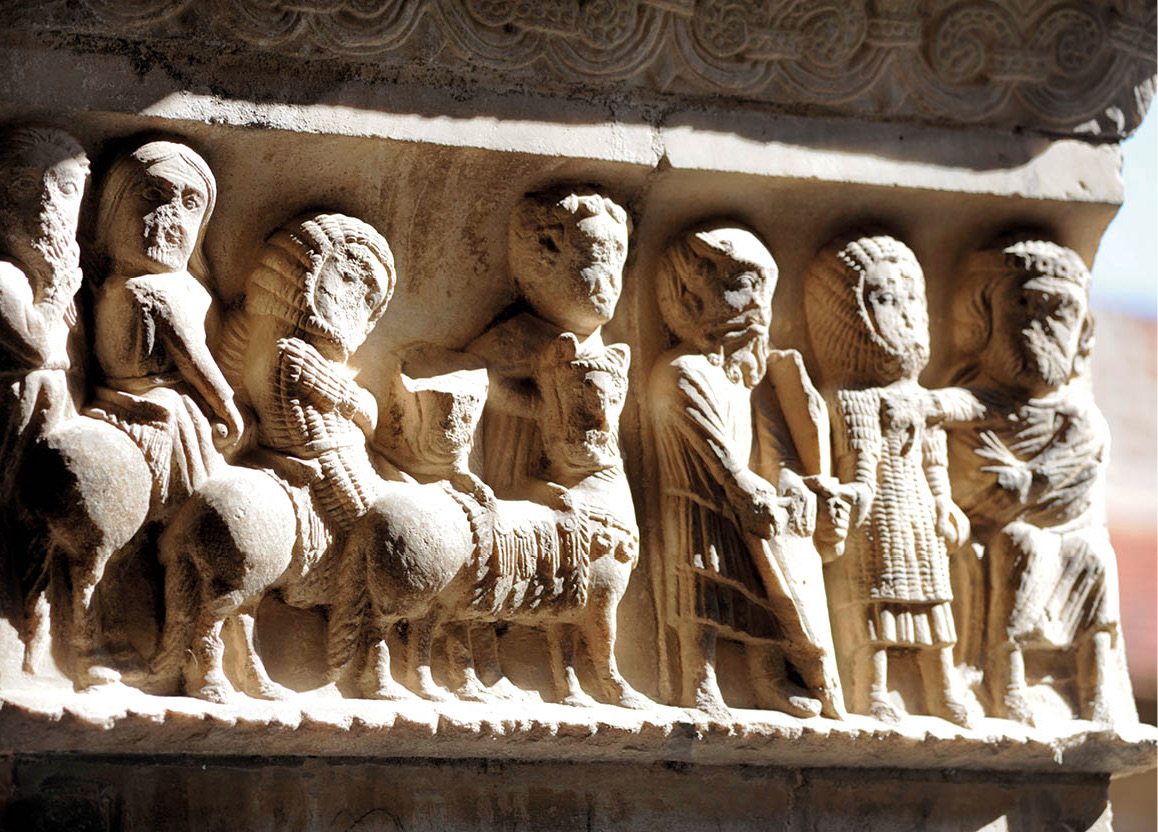
The Mona Lisa, displayed in the Louvre.
Ilpo Musto/Apa Publications
Art and Culture
Louvre, Paris. Housed in a former royal palace, this is one of Europe’s greatest art galleries. Highlights include the Mona Lisa and Venus de Milo. For more information, click here .
Uffizi, Florence. The Uffizi has been used to display art since 1581, and is the world’s leading repository of Renaissance works. Botticelli, da Vinci and Michelangelo feature prominently. For more information, click here.
Sistine Chapel, Vatican. Renaissance art at its finest, the ceiling is alive with Michelangelo’s famous frescoes and other marvellous works adorning the walls. For more information, click here.
Prado, Madrid. The finest collection of 12th–19th-century Spanish art, including works by Velázquez and Goya, plus notable Italian and Flemish paintings. For more information, click here.
Kunsthistorisches Museum. First built to house the magnificent art collection of the Habsburg emperors, Vienna’s great art museum has remarkable paintings by Dürer, Rubens, Brueghel and other artists, and stunning Greek, Roman and Egyptian antiquities. For more information, click here.

The Greek Temple of Segesta in northwest Sicily.
Neil Buchan-Grant/Apa Publications
Ancient Sites
The Acropolis, Athens. A Classical ensemble like no other, the 2,500-year-old Acropolis is the enduring symbol of the achievements of ancient Greece. For more information, click here.
Prehistoric cave art, Lascaux and Altamira. For really old art, head to the Dordogne region of France, or Altamira in northern Spain. For more information on Lascaux, click here. For Altamira, click here.
Colosseum, Pantheon and Forum, Rome. These remarkable remains are vivid reminders of the supreme power of Roman civilisation. For more information, click here.
Greek ruins, Sicily. Highlights include a superb 2,000-year-old theatre at Syracuse and Agrigento’s amazing Valley of the Temples. For more information, click here.
Les Arènes, Nîmes. This impressive amphitheatre is one of the most complete Roman ruins in Europe. For more information, click here.
Aqueduct, Segovia. The Roman aqueduct is just one attraction in this lovely old Castilian town. For more information, click here.
Pompeii. Beneath the smouldering bulk of Vesuvius, visiting this extraordinary site is an unforgettable experience. For more information, click here.

Street theatre during the Festival d’Avignon.
Sylvaine Poitau/Apa Publications
Provincial Cities
Avignon, France. A lively southern city bathed in luminous Provençal light. Visit the Palais des Papes and witness the street theatre. For more information, click here.
St-Malo, France. Small but perfectly formed, this fortified port is a delightful place to wander. Mont St-Michel is a short drive away. For more information, click here.
Siena, Italy. Home to one of Europe’s greatest squares and the Palio festival, the medieval centre is utterly enchanting. For more information, click here.
San Sebastián, Spain. This Basque city has a superb setting, a marvellous sandy beach and some of the best food anywhere in Europe. For more information, click here.
Coimbra, Portugal. Explore the narrow streets of this ancient university town perched above the River Mondego. For more information, click here.
Dresden, Germany. Few war-ravaged cities have been rebuilt as successfully as Dresden. The stunning ensemble of Baroque architecture is a highlight of a visit to Germany. For more information, click here.
Heidelberg, Germany. Dominated by its fabulous ruined castle, this handsome city has been a centre of learning since the 14th century. For more information, click here.
Delft, Netherlands. Vermeer’s hometown, famed for its blue-and-white pottery, is small and relaxed, and the canals are lined with lovely old buildings. For more information, click here.
Old Town, Ródos (Rhodes), Greece. This bustling Unesco-listed city has been in existence since the 5th century BC. Enclosed by thick walls, it is one of Europe’s best-preserved ancient settlements. For more information, click here.

Wild Camargue horses.
AWL Images
The Great Outdoors
Picos de Europa, Spain. These soaring, craggy peaks are home to bears, wolves and some of Europe’s most exciting hiking. For more information, click here.
Corsica. Vast tracts of virtually untrammelled mountain wilderness cover much of the interior of this Mediterranean island. For more information, click here.
Gorges du Tarn, France. White-water rafting and hiking amid truly majestic scenery. For more information, click here.
Pyrenees, France/Spain. This long mountain chain, stretching from Atlantic to Mediterranean, is marked by spectacular canyons and wild forests. For more information, click here for French Pyrenees and here for Spanish Pyrenees.
Alps. From hiking to paragliding, ice-climbing, rock-climbing and, of course, skiing, the Alps are a paradise for outdoor activities. For more information, click here.
La Camargue, France. Famed for its wild flamingos, horses and distinctive culture, this extensive wetland in the Rhône Delta is unlike anywhere else in Western Europe. For more information, click here.
Schwartzwald (Black Forest), Germany. Famous for hiking since the 19th century, the densely wooded hills and gorgeous valleys beside the Rhine still have plenty of remote, tranquil corners. For more information, click here.
Gorge of Samariá, Crete. The scenery and vegetation in this dramatically sheer-sided, deep ravine resembles the Middle East or North Africa more than Europe. . For more information, click here.

Carne de porco à Alentejana, a Portuguese speciality.
Lydia Evans/Apa Publications
Food and Drink
Italy. Everyone thinks pasta and pizza, but there is more to Italian cuisine than these essential basics, with a wonderful variety of regional dishes. For more information, click here.
France. Fine dining for gourmets, but many people happily limit themselves to the set menu du jour. The cheese and, of course, wine, are superb – seek out a local market and indulge. For more information, click here.
Spain. Away from the well-known tapas, calamares and paella is a huge range of regional dishes that reward the adventurous. For more information, click here.
Portugal. Seafood and inventively prepared meat dishes dominate. Fresh grilled sardines with young vinho verde wine is a popular standard. For more information, click here.
Greece. With plenty of fish, meat dishes, mezedes and olive oil, eating out in Greece is a pleasure. For more information, click here.
The Netherlands. Bucking the trend of plain food is the rijsttafel, an Indonesian feast that can comprise of more than 40 separate dishes. For more information, click here.
Belgium. Belgian cuisine is generally of a high standard, but the country is best known for its flavoured beers and the quality of its chocolate. For more information, click here.
Germany. Straightforward, often hearty fare is complemented by some marvellous wines and some of the world’s finest beer. For more information, click here.
Austria. Vienna is famous for its Wiener Schnitzel and coffee houses, with endless varieties of coffee and delectable cakes. For more information, click here.







